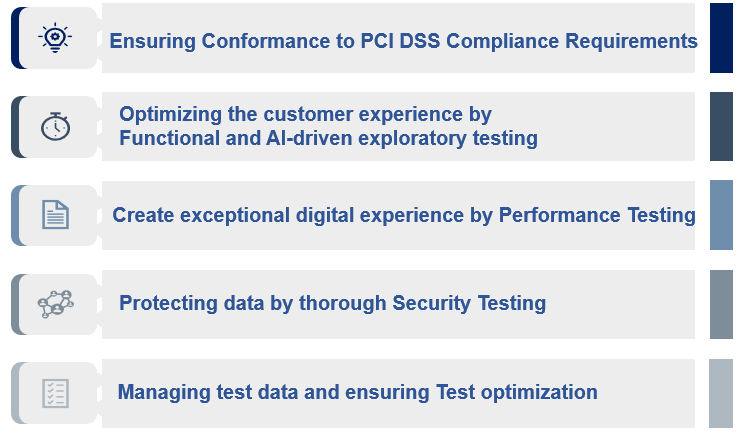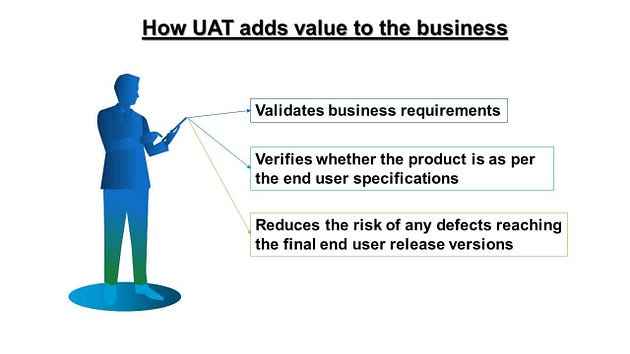The current IT landscape demands faster time to market with a high level of customer satisfaction, but in a cost-efficient manner. Needless to say, software testing becomes a critical activity to accelerate releases. Test automation has helped in achieving this goal to some extent, especially in terms of time management and quality assurance. However, it still needs to do better when it comes to cost-effectiveness and overall efficiency. That is where intelligent test automation steps in. We have discussed the benefits of intelligent test automation in detail in our blog.
Intelligent test automation augments the automation testing process with the benefits of AI and ML algorithms making it more intuitive, efficient, and reliable. It introduces the capabilities of predictive analysis based on the past testing data and new information made available to it in terms of functional and technical specifications.
Factors driving the cost in software testing
As per the world quality report 2021–2022 by Capgemini, the global pandemic has spurred digital transformation programs worldwide, leading to the rise in demand for high-quality and reliable applications/products. Consequently, the pressure on the quality assurance budget has increased.
In the latest study conducted by Gartner Inc. for technology-related budgets, worldwide IT spending is projected to total $4.2 trillion in 2021, an increase of 8.6% from 2020.
While the external factors give a larger picture, there are certain factors in software testing which drive the cost of quality assurance activity and have a direct effect on the IT budgets.

Flaws in test automation
Test automation has proved beneficial for software testing, however, increasing demand and the need for speed with superior quality have exposed certain chinks in the armor.
For instance, false failure reports slow down the testing process. We have covered this in detail in our blog “Bane of automation-false failures”.
Also, test cases and test data maintenance become a major headache with every test cycle. Updating test cases based on previous test results, or change in specifications becomes tough and is prone to errors. The same is the case with updating test data. Any change in specifications may lead to modification in test inputs too. Keeping pace with rapid changes and testing multiple test conditions with multiple data combinations is an enormous task.
All these issues add to the overall project cost since the efforts involved are high and there might be delays due to tracking & correcting false failures and test maintenance activity.
Discovering bugs late in the testing cycle
Sometimes, the bug is discovered late in the test cycle. Reasons could be any, outdated or limited test data, unexpected error due to an untested path because of limited test cases. Discovering bugs late in the testing cycle has a cascading effect on the project quality and schedule, which puts the whole estimated QA cost in peril.
Shift left testing coupled with the power of AI addresses this issue to a major extent. Read our blog “Intelligent analytics with AI” for a better understanding of the product life cycle and bug discovery.
Improper test planning
Impeccable planning is the key to the success of any project. However, the lack of collaboration and communication between business and technical teams may riddle the project with delays. And the cost goes high since time is money.
How intelligent test automation manages cost
As stated in the previous section, the organizations are earmarking bigger IT budgets, so naturally, the general expectation is to maximize the benefits. Investing in AI-augmented software development is another aspect that is gaining importance due to its efficiency, reliability, and better ROI. The findings of another survey by Gartner Inc. for the increase in industry-wide funding for AI in 2022 are shared below. Organizations are heavily investing in AI and there is a good reason for it. The stakes involved are pretty high.Read More about : Intelligent test automation
If this has picked your interest and you want to know more, then please click here and schedule a demo, or reach out to us at info@webomates.com. We have more exciting articles coming up every week.
Stay tuned and like/follow us at
LinkedIn — Webomates LinkedIn Page
Facebook — Webomates Facebook page
For More Information visit us at : webomates.com
Tags: Artificial Intelligence, Automation Testing, Intelligent Analytics, IntelligentAnalytics















